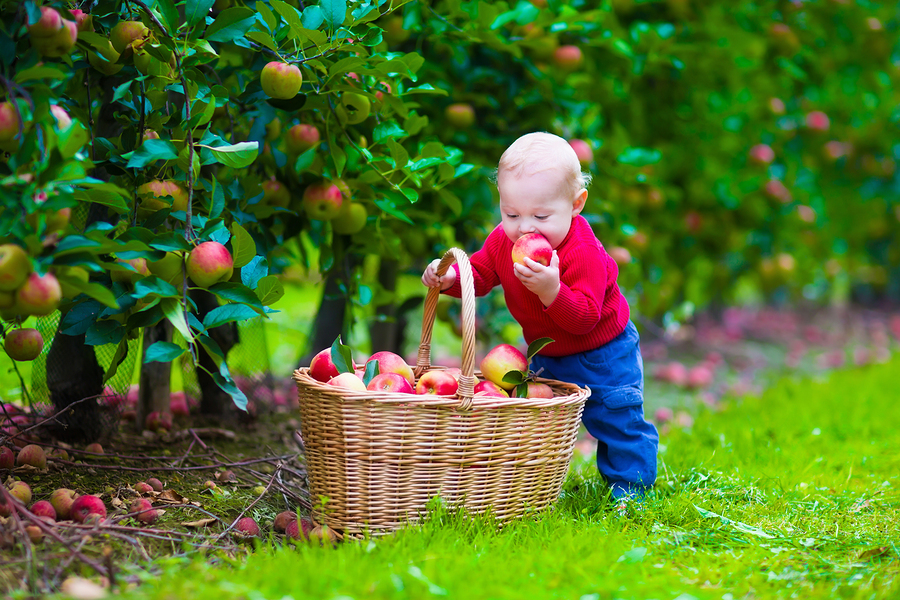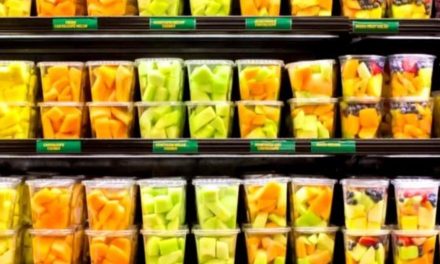According to a new analysis by the EWG, a chemical widely used on non-organic American apples was banned in the European Union in 2012 because its makers could not show it did not pose a risk to human health. 1 And this pesticide, in particular, is found more often and in greater concentrations than most other pesticide residues when the USDA runs pesticide residue tests on apples. A big thank you to the U.S. government, Big Ag, and EPA.
After harvest, U.S. farmers and packers drench most conventionally-raised apples with diphenylamine, known as DPA (first registered for use in the U.S. in 1962), which helps to prevent the blackening or browning of fruit skin during long months of cold storage. Tests of raw apples conducted by USDA scientists in 2010, the most recent year for which data is available, found DPA on 80 percent of the apples tested.
“’While it is not yet clear that DPA is risky to public health, European Commission officials asked questions that the chemicals’ makers could not answer,’ said EWG senior scientist Sonya Lunder. ‘The EC officials banned outright any further use of DPA on the apples cultivated in the European Union until they are confident it is safe. Europe’s action should cause American policymakers to take a new look at this chemical.’”2
(But it’s not just the apples, DPA can also be detected in apple juice, applesauce and, less often, on pears and in pear baby food.)
“European regulators theorized that nitrosamines could be generated if DPA combined, either during storage or when fruit was processed, with a source of nitrogen, an element ubiquitous in the environment. Beginning in 2008, they pressed makers of DPA for test data that showed whether nitrosamines or other harmful chemicals formed when containers of DPA sat on shelves, when fruit was treated with DPA and stored for a long time and when DPA-treated fruit was processed into juices, purees, and sauces (EFSA 2008). The industry responded by only providing one study that detected three unknown chemicals on DPA-treated apples, but it couldn’t determine if any of these chemicals formed when the DPA broke down were nitrosamines.”
So, in 2012 the European Food Safety Authority concluded that since the industry had not provided sufficient information and since many data gaps made it impossible to confirm the safety of DPA, that it would be banned for use on European apples and pears. Then, in March of 2014, the EC reduced the allowable level of DPA on imports as well, to 0.1 part per million. (The average concentration of DPA on U.S. apples is roughly four times higher at 0.42 parts per million.3)
Unsurprisingly, the EPA has taken ZERO action in response to the European ban and has ignored concerns about nitrosamines as well. In fact, they claimed they were unaware of the European ban and import restrictions.
According to the USDA, Americans eat nearly 10 pounds per person of fresh apples every year and yet nitrosamines on raw apples, or in apple juice and applesauce, at even low levels, persist and could potentially pose a risk to human health.
Back in 2014, EWG’s president Ken Cook sent a letter to the head of the pesticide office at U.S. EPA urging the agency to follow Europe’s lead, saying, “The American public deserves the same level of protection as Europeans from pesticide risks. We urge EPA to halt the use of DPA on U.S. fruit until a rigorous analysis (re-registration) by EPA of the chemical can prove that it poses a reasonable certainty of no harm to consumers.” 4
At this point, it’s still being used. Buy organic or better yet, grow your own when you can. Our fight for safe and healthy food is not yet over.












